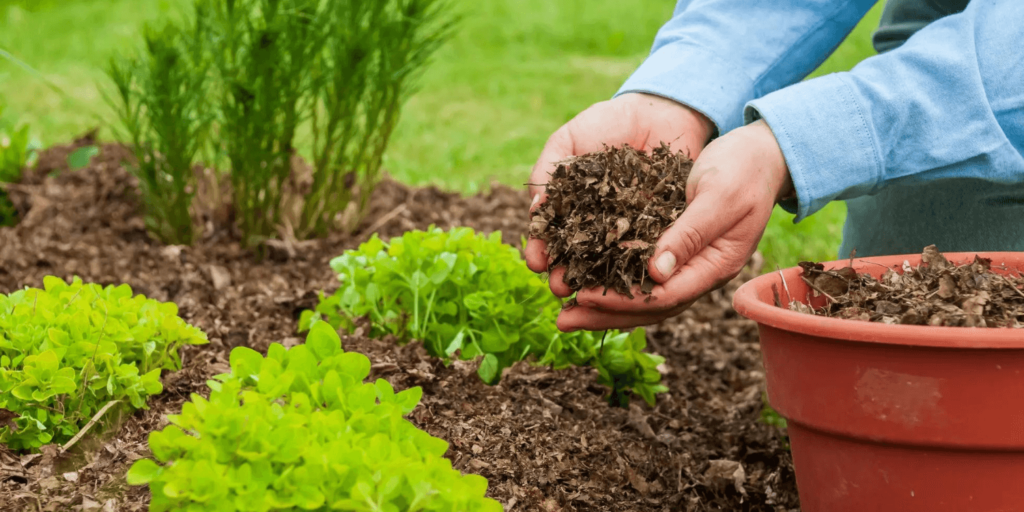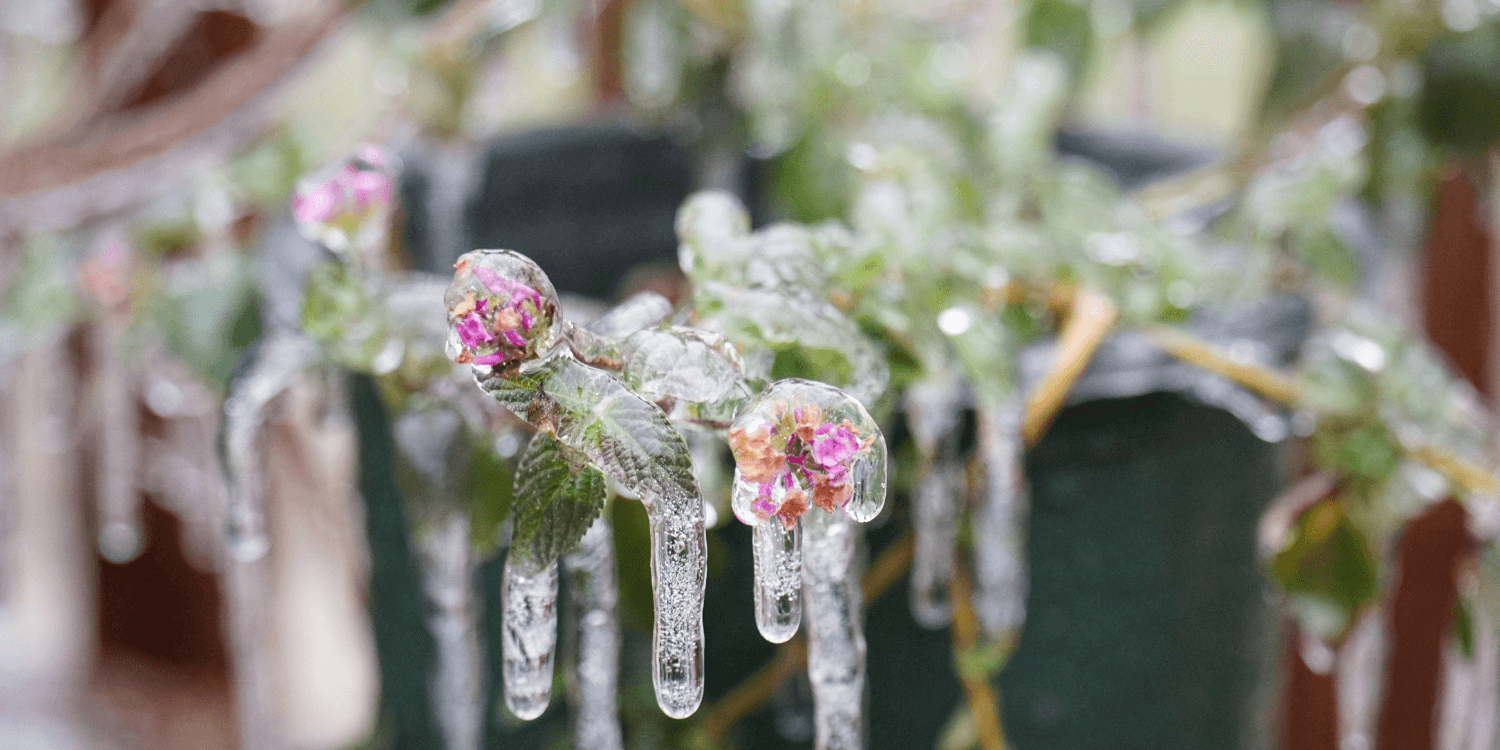Shielding Your Greenery: A Guide on How to Protect Your Plants from Cold Weather
Shielding Your Greenery: As winter descends and temperatures plummet, it’s time to prepare your garden for the challenges that cold weather brings. Winterproofing your plants is crucial to ensure they not only survive the frosty season but also thrive when spring returns. Embracing natural solutions for protection allows you to safeguard your garden without resorting to harsh chemicals. Let’s explore eco-friendly strategies to fortify your plants against winter’s chill.
Compost Enrichment:
Begin winterproofing by enhancing the soil around your plants with nutrient-rich compost. Compost acts as a natural insulator, regulating soil temperature and providing a steady release of nutrients. Work compost into the soil around the base of your plants, creating a nourishing environment that supports their resilience against the cold.
Strategic Plant Placement:
Careful planning and strategic placement of your plants can significantly impact their ability to withstand winter conditions. Position cold-sensitive plants in areas where they can benefit from the natural protection of structures like walls or evergreen shrubs. This creates microclimates that shield plants from harsh winds and reduce exposure to freezing temperatures.
Natural Mulching:
Mulching is a tried-and-true method for winterproofing plants. Utilize natural materials such as straw, leaves, or wood chips to create a protective layer over the soil. Mulch helps insulate the ground, preventing temperature fluctuations and minimizing frost damage. Ensure the mulch is spread evenly around the plants, avoiding direct contact with stems to prevent rot.

Windbreaks and Barriers:
Strategically placing windbreaks can shield your garden from the drying and damaging effects of winter winds. Plant evergreen trees or install temporary barriers made from natural materials to deflect the wind away from more delicate plants. This not only protects against temperature drops but also helps retain essential moisture.
Proper Pruning Techniques:
Trimming and pruning are essential components of winterproofing. Remove dead or diseased branches before winter sets in, as they can become vulnerable points for pests and diseases. However, avoid heavy pruning in late fall, as this can stimulate new growth that may be susceptible to winter damage. Instead, focus on shaping and removing only what is necessary for the plant’s health.
Watering Wisely:
Proper hydration is key to winter survival. Water your plants deeply before the ground freezes to ensure they have ample moisture. However, be cautious not to overwater, as waterlogged soil can lead to root rot in colder temperatures. Mulching also aids in retaining moisture, reducing the frequency of watering during the winter months.
Homemade Pest Deterrents:
While winterproofing, don’t forget about pests seeking shelter in your garden. Create natural pest deterrents using ingredients like garlic, neem oil, or hot pepper solutions. These homemade repellents help protect your plants from unwanted winter visitors without resorting to chemical pesticides.
Winterproofing your garden with natural solutions not only ensures the well-being of your plants but also contributes to a healthier and more sustainable gardening practice. By incorporating these eco-friendly strategies, you can create a hardy garden that withstands the winter elements, setting the stage for a lush and vibrant landscape when spring arrives. Embrace the power of nature to nurture your plants through the coldest months, and your garden will thank you with renewed vitality come the warmer seasons.
Shielding Your Greenery: A Guide on How to Protect Your Plants from Cold Weather / Shielding Your Greenery: A Guide on How to Protect Your Plants from Cold Weather


